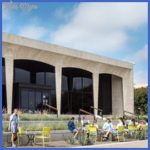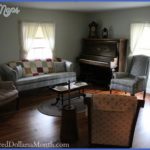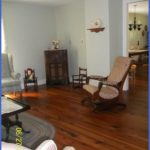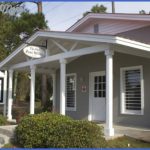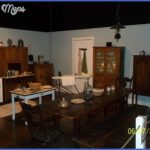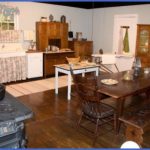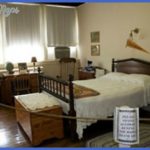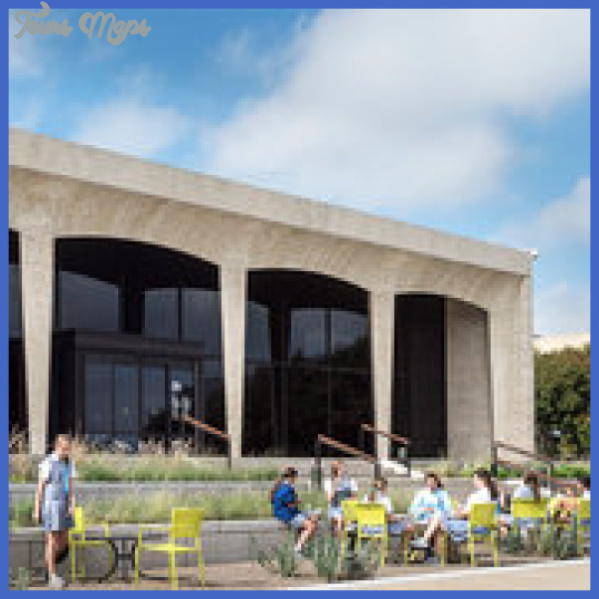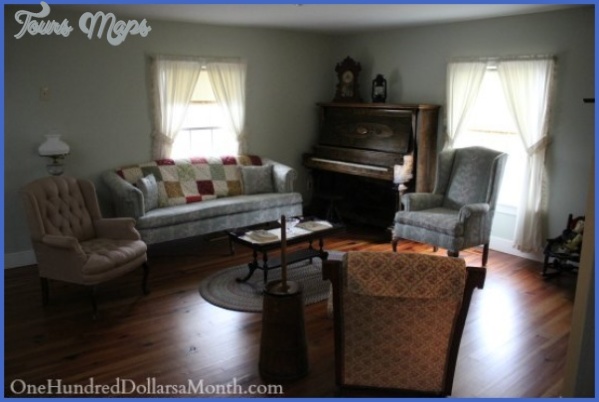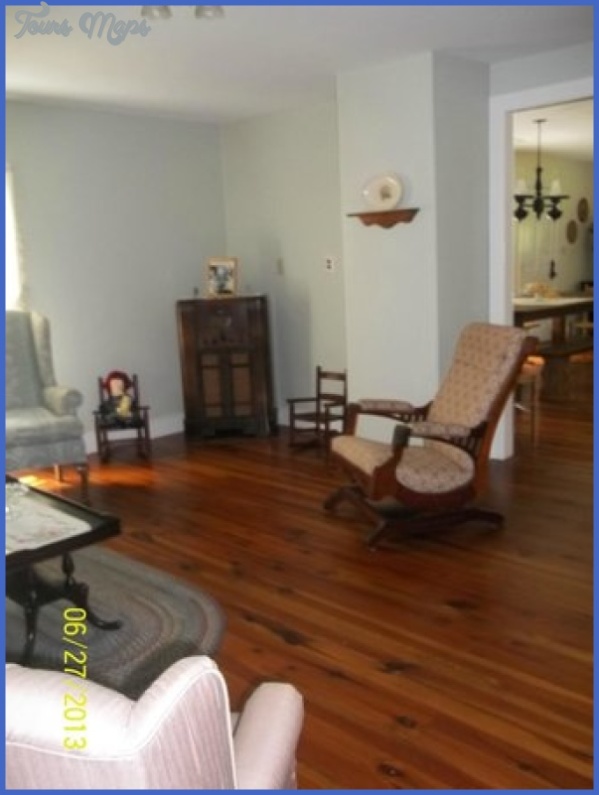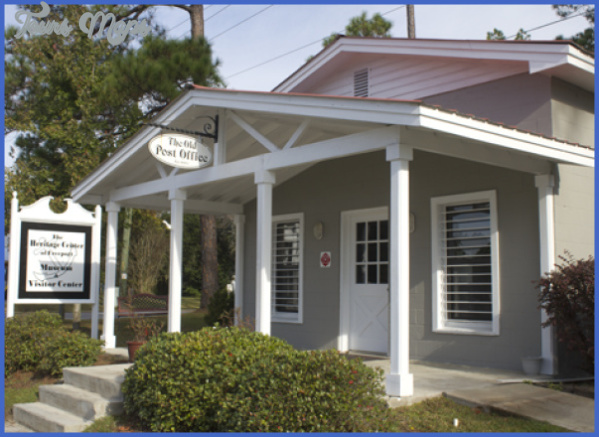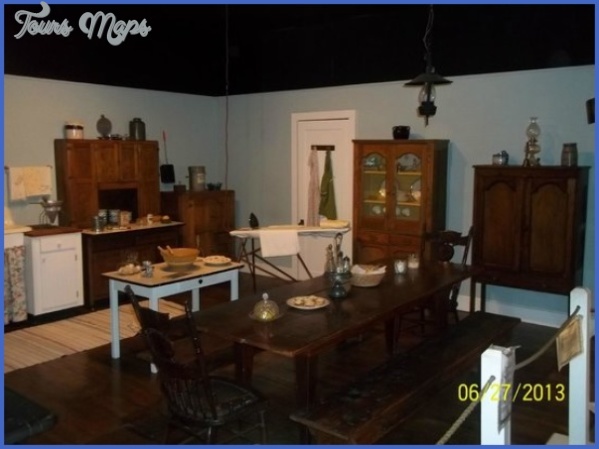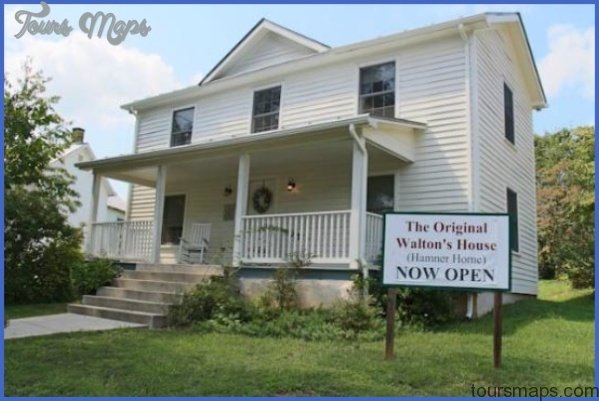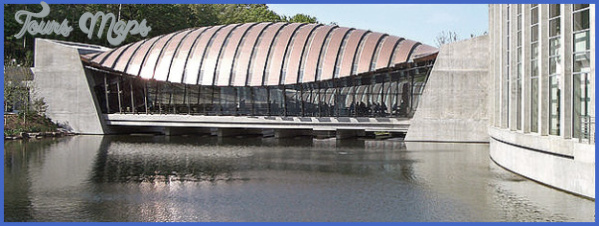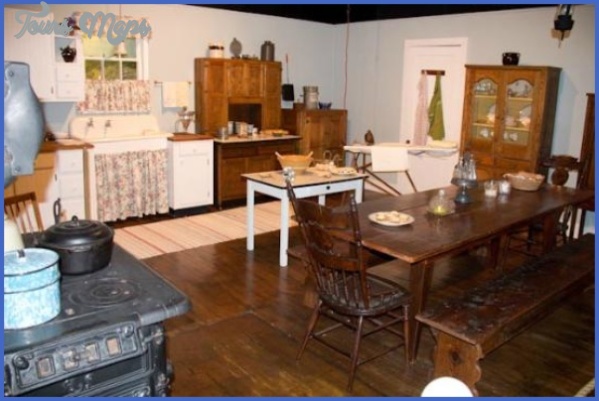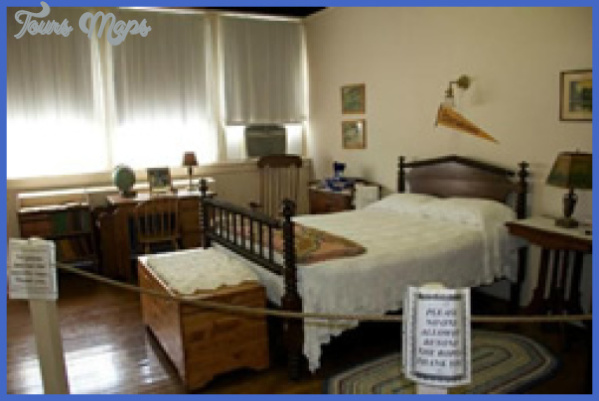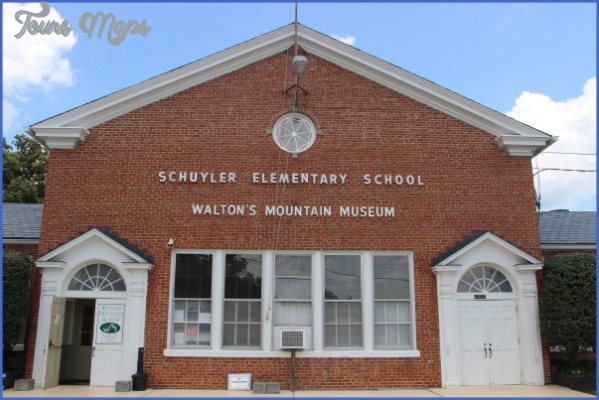WALTON MUSEUM
No composer could have chosen a home more idyllic than did William Walton when he settled in Ischia, in the Bay of Naples. And accordingly no composer museum could be more idyllic than the one that his widow, Susana, created there to enshrine his memory.
Walton had long nurtured the idea of moving away from the London social whirl – he had lived in Chelsea with the Sitwells in his younger days (he was born in 1902), with Alice Wimborne in Belgravia more lately – to find the peace he needed to concentrate his creative energies. Back in the 1920s, he had visited the Bay of Naples with the Sitwells; now he took his young wife there, in the winter after their marriage in 1948. Ischia became their home for his last 35 years.
Initially, Thomas Cook found them a former convent to rent on Ischia, San Francesco, with a piano and a caretaker. They moved first to Casa Cirillo, a converted wine cellar; not until 1956 did they acquire La Mortella (‘The Place of Myrtles’), a west-facing hillside property with spectacular views to sea. They acquired not only the property itself, on Monte Zaro (created by a volcanic eruption), but also the ravine below with the only black soil on the island. The first stage of building was completed in 1962.
WALTON MUSEUM Photo Gallery
Architects had initially been unsure how to build the unobtrusive hillside house the Waltons had in mind. Eventually plans were agreed for a house on several levels. At first the house attracted derision; the locals dubbed it La Caserma (‘the barracks’). But when Susana worked on the garden with the landscape architect Russell Page, opinions changed. She set about transforming it into a tropical paradise, with palm trees, exotic plants and fountains, and later magnolias and cypresses (see p.16). Above the house she carved out a pond with crocodile sculpture (the Cascata del Cocodrillo) surrounded by blue water-lilies, a swimming pool (reached by a ‘mini-funicular’) and an oriental garden complete with an imported Thai house and lotus pond. Near the top is William’s Rock, which he claimed for himself the day they acquired the property; now it holds his ashes and is a place of pilgrimage. Walton withdrew into himself when he was composing. He would make an early start, rest during the afternoon and work again in the evening. Among the works of his years at La Mortella are the Cello Concerto, the Second Symphony, the Hindemith Variations and the Britten Improvisations, and the one-act opera The Bear, as well as film scores. During these periods, according to Susana, they communicated little, eating and wandering in the garden in virtual silence. Equally, their gregarious banter William’s Rock, above the garden of La Mortella, Ischia between compositions and during their travels is legendary. They entertained frequently: the guests who took the boat across from Naples to see them included Laurence Olivier, Paul Hindemith, Ralph and Ursula Vaughan Williams and Hans Werner Henze.
After Walton’s death, in 1983, Susana set about realizing some of his wishes, in particular that his estate should be used to benefit young musicians. This is done chiefly through scholarships at the study centre in La Mortella, for performers, composers and students of Walton’s music. A trust and a foundation were established; a dormitory block for resident students was built high on the hill, hidden by foliage; a recital room was built next to his former study; and a museum collection was assembled.
The collection, displayed in the recital room, includes busts of Walton and the Sitwells, designs for the staging of various of Walton’s works, among them Facade, Troilus and Cressida and The Bear (by John Piper, Hugh Casson and others), medals, editions and recordings of Walton’s works, a few autograph scores (most are in the Pierpont Morgan Library in New York) and a puppet theatre by Emanuele Luzzati representing La Mortella with characters from Walton’s works and Walton himself. The Tony Palmer television documentary of 1981 is shown when the recital room is not in use for classes, rehearsals or concerts.
Lady Walton continues to live at La Mortella. She is deeply involved in the work for young musicians and in the garden, which she has continued to enrich, and she has drawn together an important and beautiful collection of Mediterranean and tropical plants, many of them from her native South America: the garden is open to the public, who can also enjoy, along with the museum, the facilities of a shop, a greenhouse and an attractive terrace teashop.
Maybe You Like Them Too
- Explore Blavozy, France with this detailed map
- Explore East Lindfield, Australia with this detailed map
- Explore Bonferraro, Italy with this detailed map
- Explore Doncaster, United Kingdom with this detailed map
- Explore Arroyito, Argentina with this Detailed Map

